Over the past few years we’ve sat back and watched enduro bikes get longer and slacker geometry by the day. Now you could even argue they’re more akin to a downhill machine. But dubbed as ‘modern’ geometry and with manufacturers jumping onto the trend: is long and slack really the best geometry for the Average Joe and where’s this trend heading?

‘I love ENDURO’ is a message shared by thousands of riders across the world, whether the sticker is emblazoned on their bike or their helmet. But the trails under their tyres are as varied as their ability levels, their likes and dislikes – not to mention the bikes they’re using. While some of them scout out the races’ quickest and most direct line choices, others soak up the flow on manmade trails, or embark on Alpine trail adventures.

So many factors impact on how a bike rides – with geometry obviously playing a decisive role. In short, bike developers and engineers strive to nail the perfect compromise between stability and agility. Yet these two factors are influenced by (amongst others) these primary parameters: head angle, chainstay length, fork rake, reach and wheelsize. These combine to determine the bike’s wheelbase and how it handles. With regards to the current geometry trend, you can basically say that the long frame gives the stability and the short chainstays lend the bike the necessary agility. Spain’s Mondraker are essentially the pioneers of this trend, and their Forward Geometry concept is one that’s really caught on with today’s crop of bikes.
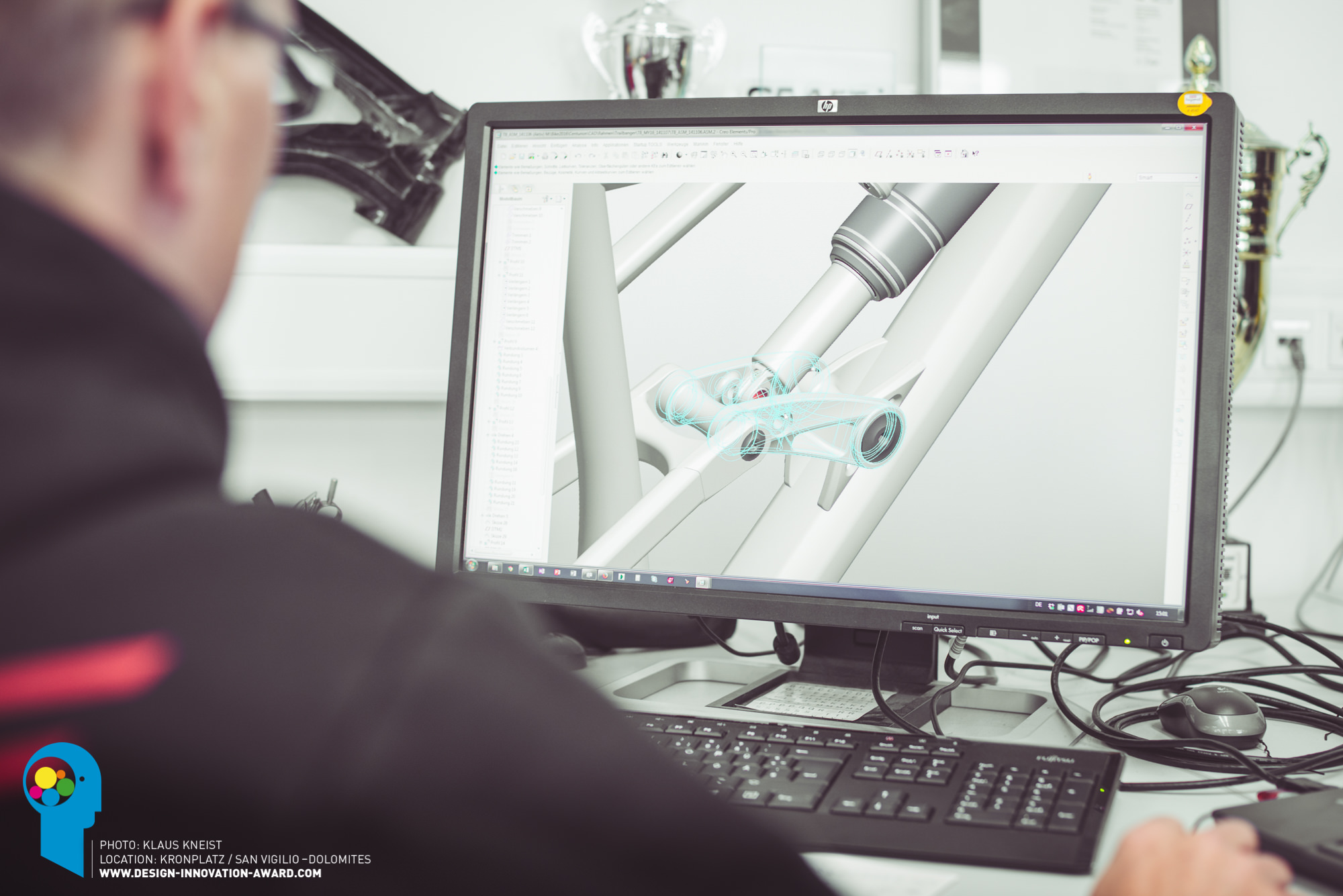
Finding the right balance
One of the most crucial objectives when defining geometry is the correct weight distribution between the front and rear wheel. If the frame’s too long, the head angle too slack or the chainstays too short, the bike’s likely to dish up an imbalanced handling package or break away on corners with the front or rear wheel. The individual geometry factors are intertwined; they are designed to work mutually alongside each other and even half a degree or just a few millimetres can make a vast difference to a bike’s performance on the trails.
A glance at the geometry figures doesn’t tell the full story as to whether a bike is going to excel on the trails – but it can give some hints about its handling. In reality there are a ton more factors that affect how a bike behaves – with the suspension set-up being the primary point. Not only does it deliver direct and perceptible feedback from the ground, it can also lead indirectly to changes in the geometry. Depending on the rear’s suspension curve, there are things like the height of the bottom bracket that could be affected to varying degrees. And the same applies to the forks: if there’s too much brake dive then the head angle will be affected. So when you’re judging a bike’s geometry, these also need to be considered.
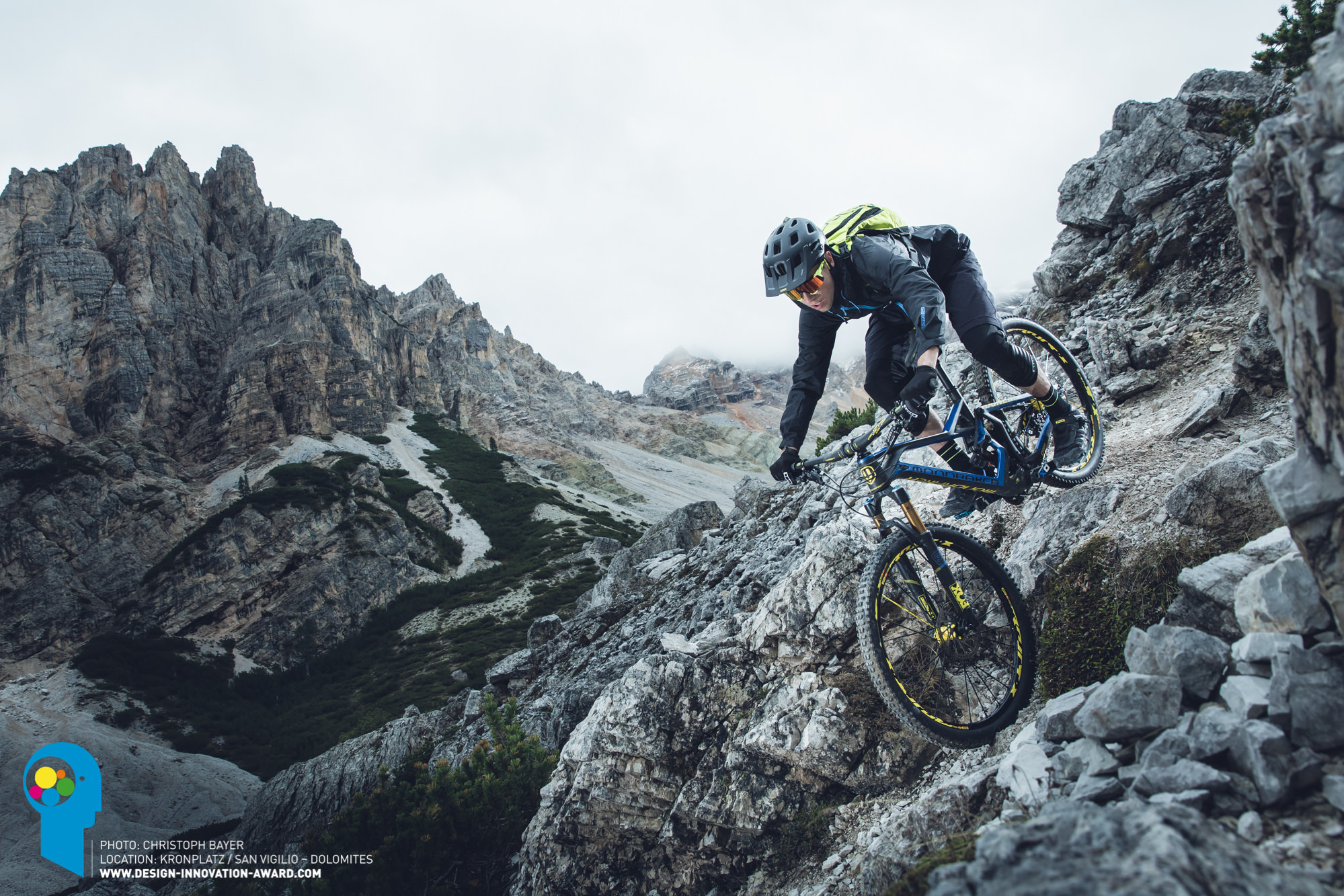
The advantages for the Average Joe
Modern geometry – now synonymous with a long frame and short chainstays – does offer significant advantages, and not just for racers. Given the common tendency to put your weight too far back out of fear of crashing, those newer to riding and with less experience can claim those same benefits on steep and gnarly terrain.
MTB technique coaches Holger Meyer and Daniel Schäfer confirm this:
“It’s likely that only about 30% of my clients are actually in a central position on tricky sections, but that figure is only as high as that because I’m often out riding with experienced riders who have participated in a skills course. The tip, or the question, of placing your weight further back on steep terrain is one that I unfortunately still hear on a regular basis,” says Daniel. “Up to 80% of our participants on the workshop for beginners shift their weight too far back over the saddle on descents out of fear,” continues Holger.
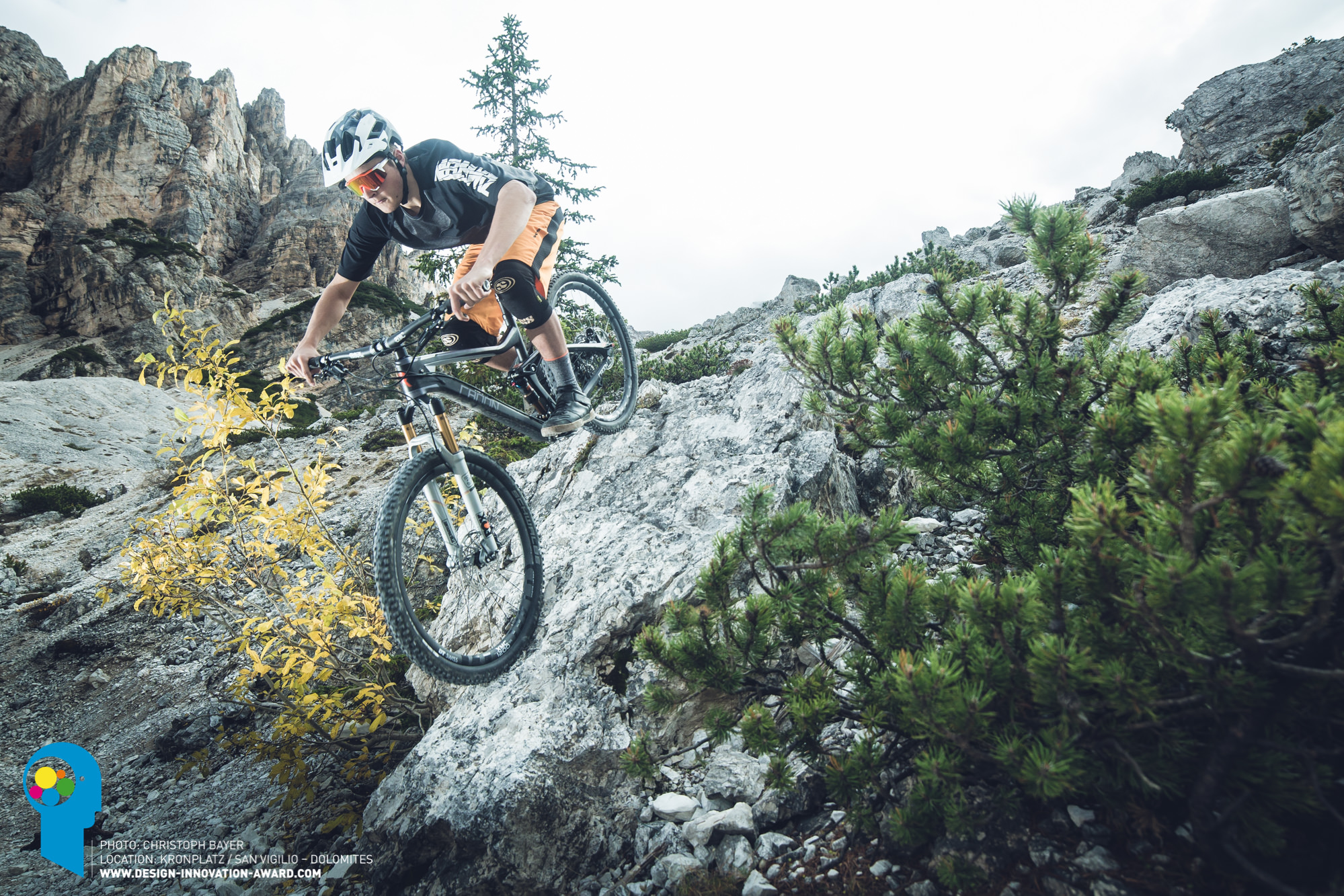
A longer frame and shorter stem are able to majorly combat the abovementioned fear, as the short stem is a shorter lever therefore lessening the sense of falling forward, giving more direct steering and more control. Thanks to the longer top tube, the rider’s body weight is shifted further forward and it’s easier to find a more central position on the bike. However, this geometry does have its limits.
Longer isn’t always better
Extremely long and super slack geometry leads to a massive wheelbase, which enables the rider to traverse gnarly, technical terrain at faster speeds and with more stability. As the rider’s confidence grows, so too does their speed. But such extreme geometry needs a suitably dynamic and aggressive riding style – particularly on tight sections when your body needs to exert its force. So perhaps longer isn’t always better? Riding a super long bike down a mellow, flat trail is about as exciting as forcing your way through rush-hour traffic in a Hummer H1 – exactly, vaguely exciting but also fairly pointless. Riders out there who aim to shave off crucial seconds in races will opt for this super long and slack geometry over more regular geometry figures that will tempt riders who prefer an agile and playful handling package.
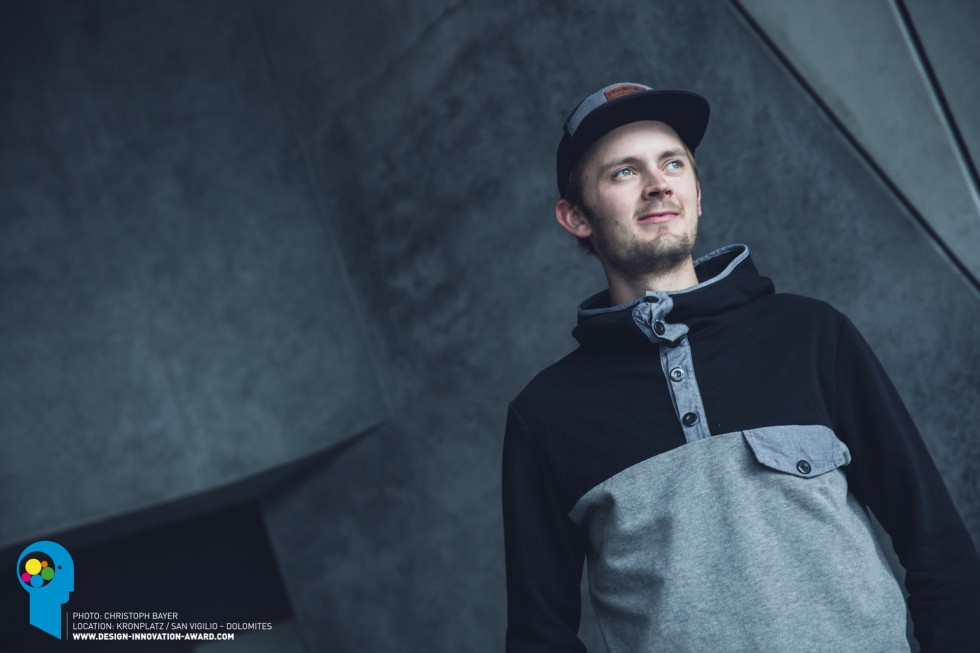
“We will see a trend for bikes to separate in two directions: all-out speed (race) and fun bikes. Long & slack vs. playful you could say, but it will all be in a lot of detail too. The trend for race-performance enduro bikes will be uncompromisingly downhill-focused. Fun bikes are bikes not ridden to the clock and will simply offer more fun. I rode a Mondraker Dune and a new Propain Tyee CF during the Design & Innovation Award 2016, which was a case of speed vs. fun. The Dune was ridiculously fast, but hard to handle, whereas the Propain was a very playful bike that was fun and easy to ride. Both offer 160mm of travel.”
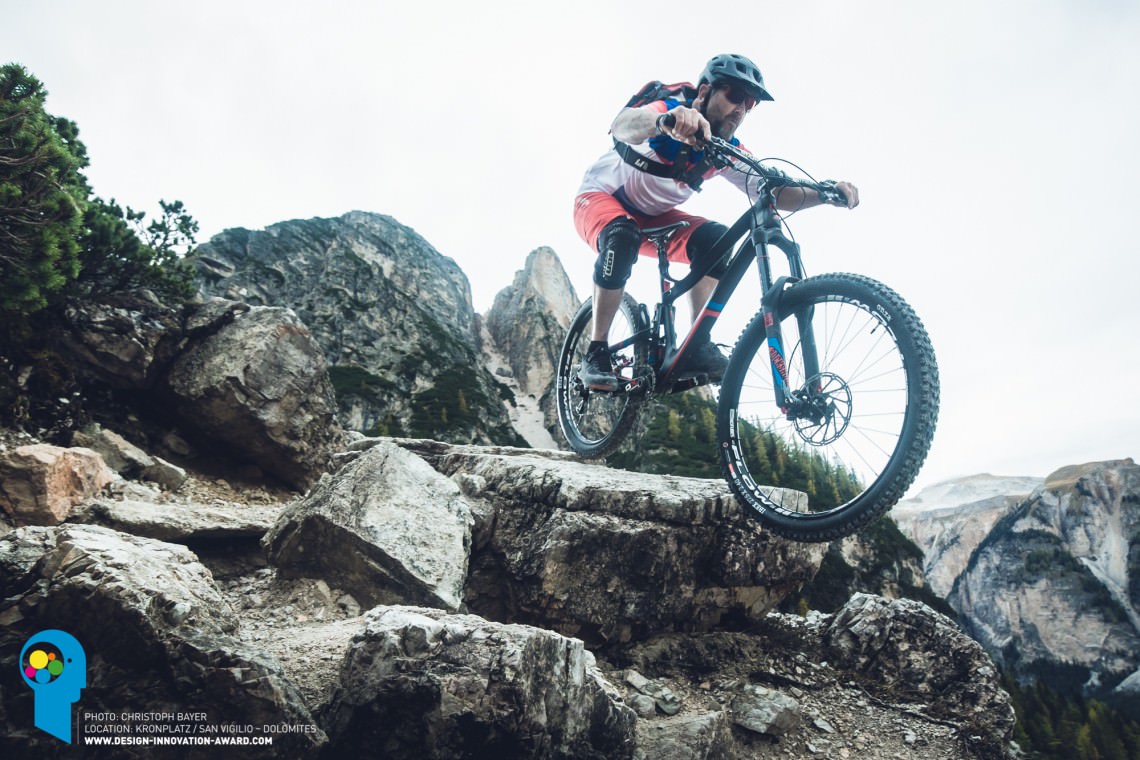
The perfect geometry – a compromise
With any advantage that you count on getting from certain geometry, you’ve got to expect a disadvantage too. A longer frame adds stability, but comes at the cost of the agility. A short rear end dishes up the agility, but reduces the amount of pressure a rider can exert on the front wheel. A slacker head angle means more smoothness, but can cause the front wheel to get twitchy. Then, of course, there’s the fact that enduro riders – unlike downhillers – want to pedal uphill as well. So while a lower bottom bracket helps the bike to track on corners and gives the rider the sense of being more integrated into the bike, the same feature on technical climbs can be a pain, as the risk of bashing your pedal on objects in or beside the trail is higher. The bike’s handling is essentially the interplay of these individual features, with the sum of the parts determining the bike’s character.

A look to the future
Bikes are better than they’ve ever been, there’s more choice than ever and it’s never been so damn hard to choose which bike to buy. Whatever your riding style or preferred sort of ride, there’s a concept already out there that’s designed with the right geometry to suit you. The trend for long frames with short rear ends is one that has caught on massively. But the question of how long and slack a bike needs to be is one that’s intricately linked to the rider. So while the market seemingly has everything, there’s still a ton more of cool concepts waiting in the wings – this is something we’re certain of!
Words: Christoph Bayer Photos: Christoph Bayer & Klaus Kneist
Did you enjoy this article? If so, we would be stoked if you decide to support us with a monthly contribution. By becoming a supporter of ENDURO, you will help secure a sustainable future for high-quality mountain bike journalism. Click here to learn more.









